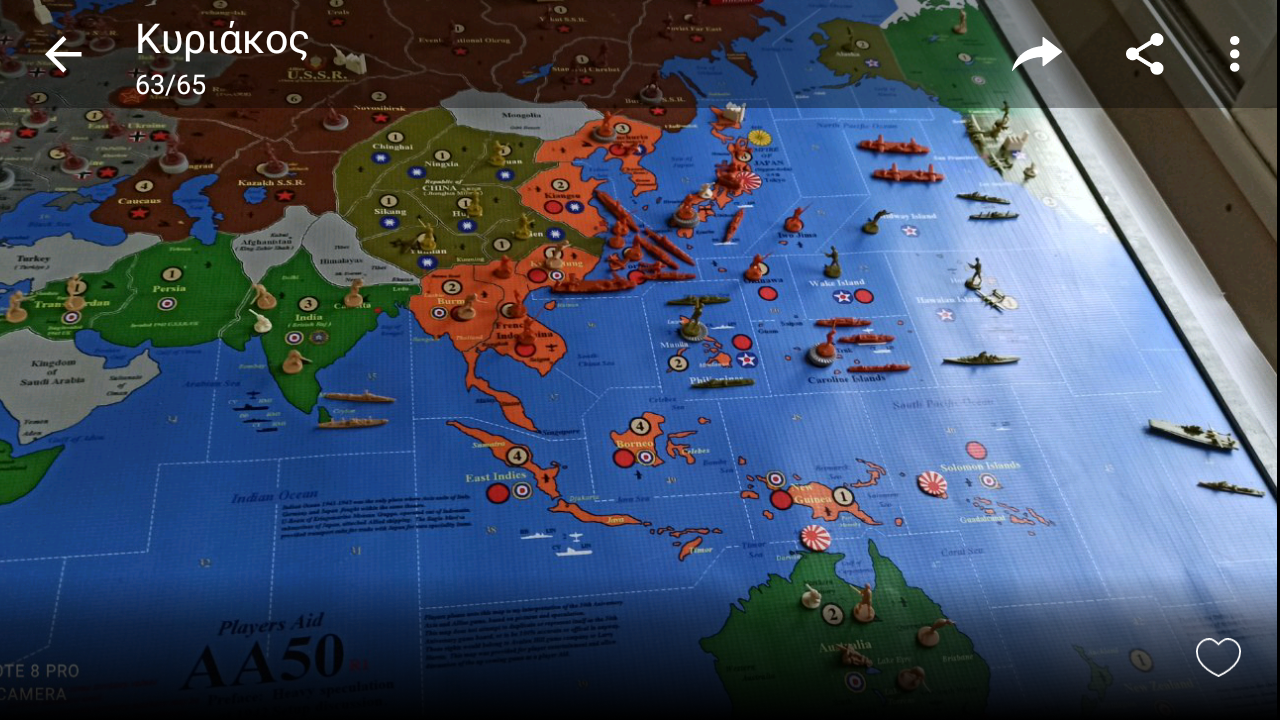@domanmacgee said in Allies strategy:
Please explain how NOs are balanced and not majorly in favor of the Axis. I’m legitimately interested in how you came to such a conclusion.
Sure, good question.
The real issue is early game, mid game, long game and very long game.
Early game the Axis have the advantage, no question. Germany moves into Russia, probably takes Karelia on Turn 2 for a Turn then holds their Eastern Front. Japan expands quickly taking India on Turn 3. UK holds Trans-Jordon and US takes Morocco.
Most likely NO production Turns 1-4: Axis advantage = $25
• Turn 1: Germany 10, Russia 5, Japan 10, UK 5, Italy 5, USA 10 = Axis $25 vs Allies $20
• Turn 2: Germany 15, Russia 5, Japan 10, UK 5, Italy 5, USA 10 = Axis $30 vs Allies $20
• Turn 3: Germany 10, Russia 5, Japan 15, UK 5, Italy 0, USA 10 = Axis $25 vs Allies $20
• Turn 4: Germany 10, Russia 5, Japan 15, UK 5, Italy 0, USA 10 = Axis $25 vs Allies $20
Mid game there is not a lot of movement. Germany is static but likely will lose an NO around Turn 7 to 8. Japan can take Australia however that costs so much and puts the Japanese push against Moscow so behind I would call it a wash. If Japan does go for Australia, they can remove that NO but they lose at least 1 to 2 Turns against Moscow, so I am ignoring Australia in this example. Italy can’t get any and most likely Russia will get their $10 NO for at least one Turn and we will assume France holds against UK/US pressure. Money for the Axis starts greater than dries up.
Most likely NO production Turns 4-8: Axis advantage = $5
• Turn 5: Germany 10, Russia 5, Japan 15, UK 5, Italy 0, USA 10 = Axis $25 vs Allies $20
• Turn 6: Germany 10, Russia 5, Japan 15, UK 5, Italy 0, USA 10 = Axis $25 vs Allies $20
• Turn 7: Germany 10, Russia 5, Japan 15, UK 5, Italy 0, USA 10 = Axis $25 vs Allies $20
• Turn 8: Germany 5, Russia 15, Japan 15, UK 5, Italy 0, USA 10 = Axis $20 vs Allies $30
Long game Germany has to turtle but still is able to stop Russia from continuing to collect their NO as Russia has to turn and fight Japan. Rome, Balkans and France are in danger and France finally falls to the US via a 1-2 attack or an Axis pull out to defend Rome. Japan knocks at the doorstep of Moscow. There is a more likely chance that the Allies gain more money as Russia gets their $10 NO, or US/UK do via France and/or Balkans. This example, I think, is conservative for the Allies as they would likely earn more.
Most likely NO production Turns 9-12: Allies Advantage = $5
• Turn 5: Germany 5, Russia 5, Japan 15, UK 5, Italy 0, USA 10 = Axis $20 vs Allies $20
• Turn 6: Germany 5, Russia 5, Japan 15, UK 5, Italy 0, USA 10 = Axis $20 vs Allies $20
• Turn 7: Germany 5, Russia 5, Japan 15, UK 5, Italy 0, USA 10 = Axis $20 vs Allies $20
• Turn 8: Germany 5, Russia 5, Japan 15, UK 5, Italy 0, USA 15 = Axis $20 vs Allies $25
End Game Germany and Rome fall and Moscow falls. It is Japan against the Western Allies. The Allies control Europe while Japan controls all of Asia and the Pacific.
Allies Advantage = $15 (PER TURN)
• Germany 0, Russia 0, Japan 15, UK 15, Italy 0, US 15 = Axis $15 vs Allies $30
So, as you can see the Axis have an early advantage. This allows them to gain the initiative. However, quickly things settle down and it is even for most of the game until finally the Allies have a huge advantage.
Things to consider.
• While Germany has an advantage of $10 to Russia’s $5 since Germany is limited in production capability their additional money is not as useful as it is to Russia. Russia is buying infantry with their money. Germany is probably buying a fighter or upgrading infantry to armor.
• The real key for Germany is taking or/and holding Karelia. It is the key in Europe and due to a British fleet in the Baltic Germany can’t take and hold Karelia for long.
• For Russia that $10 NO is huge. They should get it at least once, twice is great and 3 times is WooHoo!
• Once the end game comes it is a huge advantage to the Allies having NOs.
With NO vs Without NO comparison:
The reason I say it is the same balanced game either way is because with NO’s Germany collects more money however due to the value of France they have to defend France at all costs. Thus, a bunch of troops are sitting idle in France, more than the money they got in NOs. Ironically without NOs Germany is able to project more power early on against Russia because they can send more infantry towards Russia.








